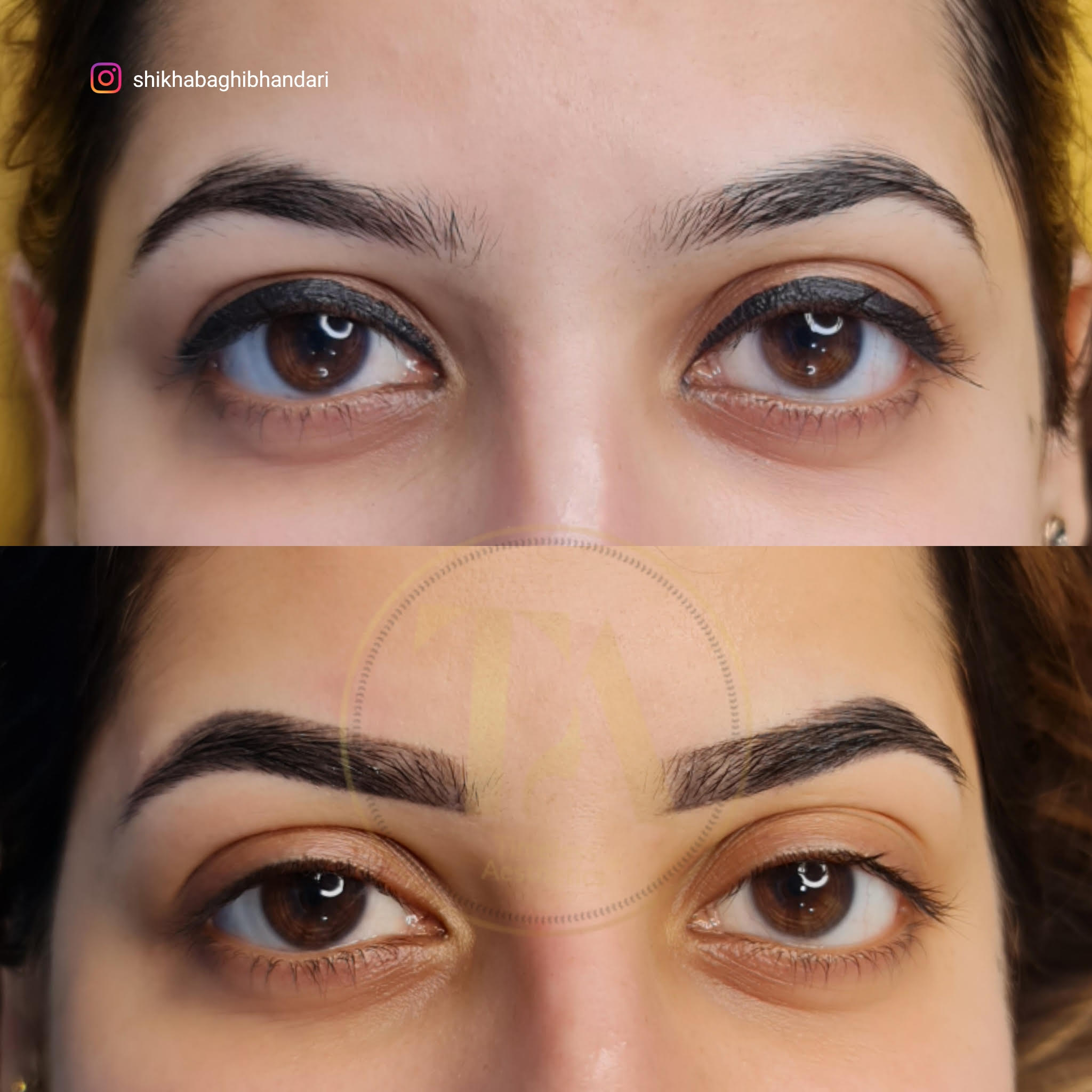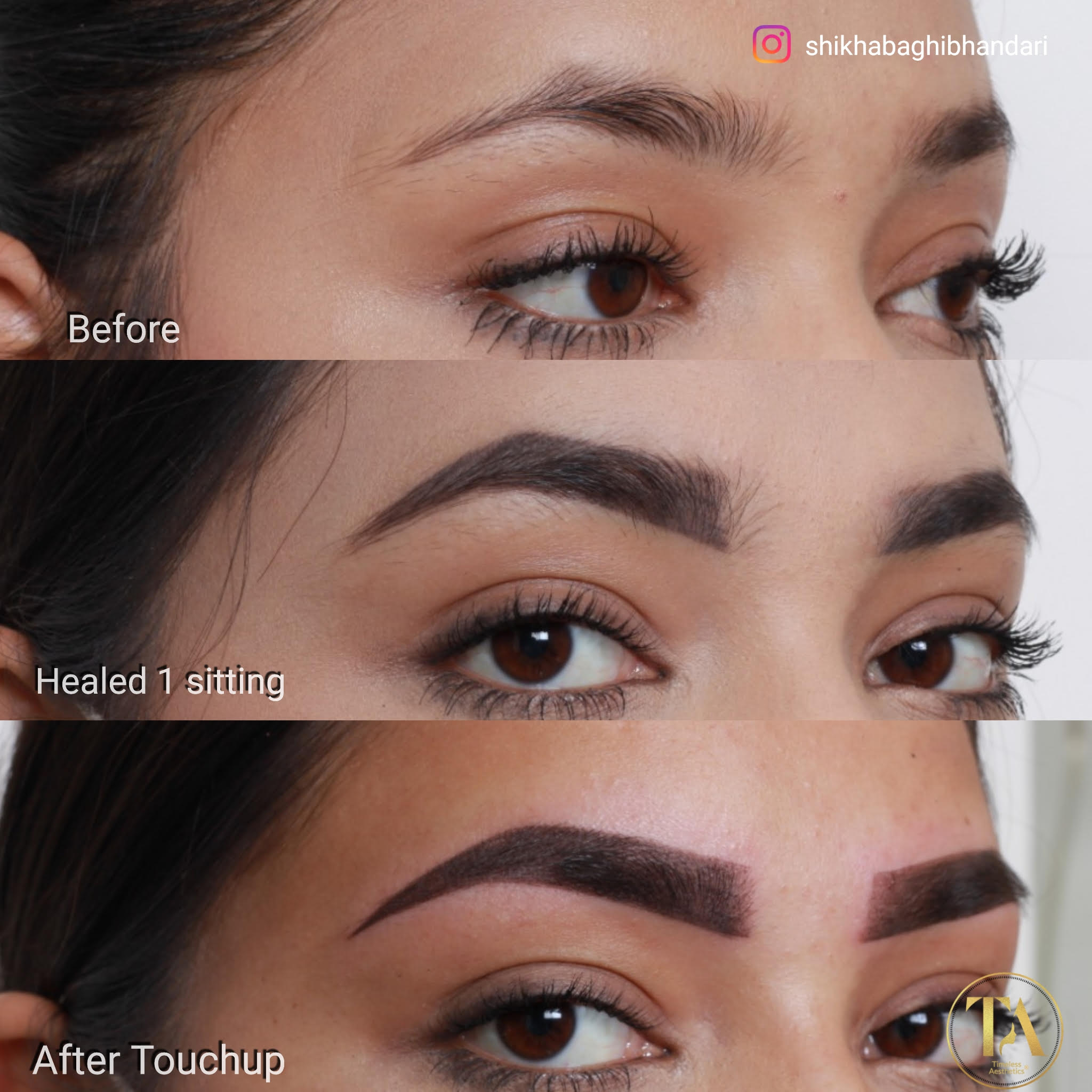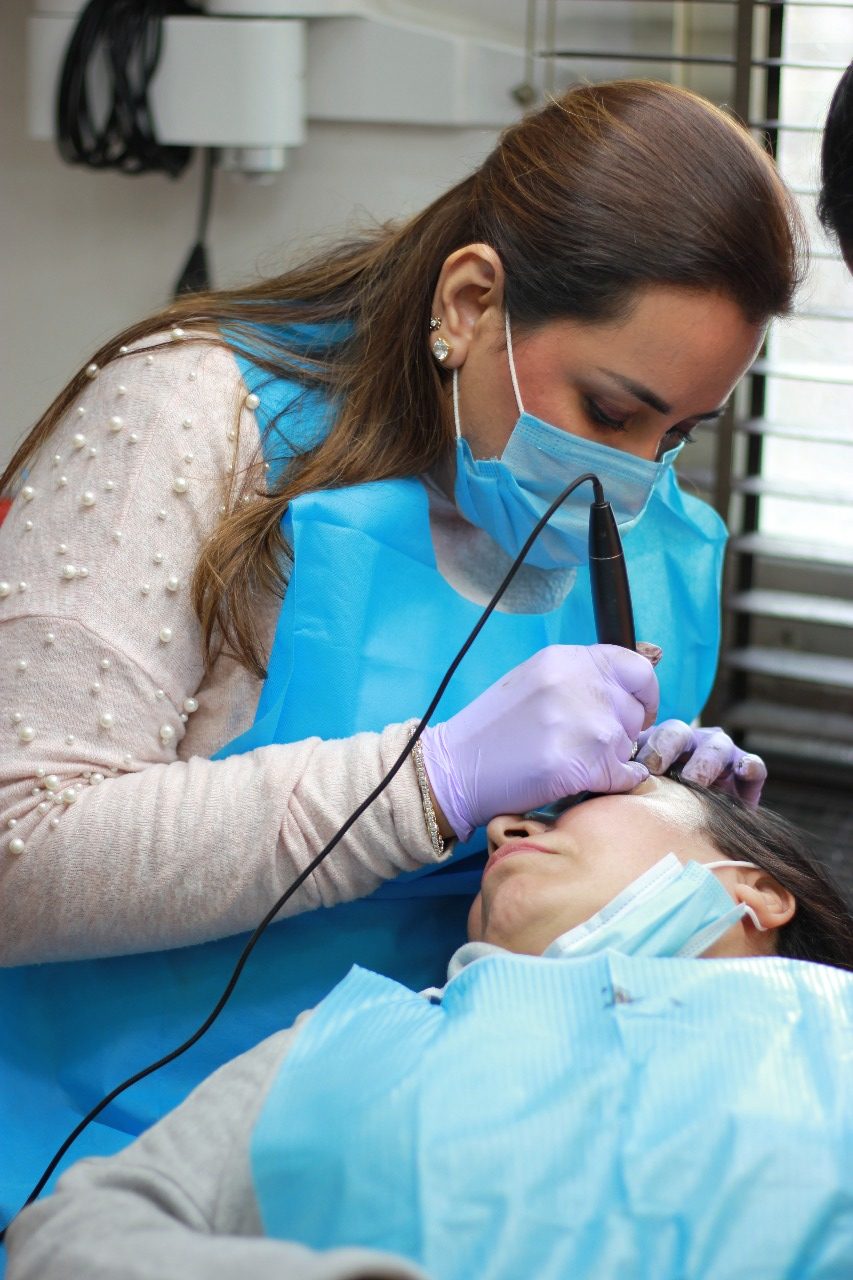Permanent Makeup is not new; one can call it relatively new like its arrival in India. But the technique and procedures are not at all new. Dr. Shikha Baghi Bhandari, Founder & Managing Director – Timeless Aesthetics, a Permanent Makeup Trainer, is here to explain the process of permanent makeup and to clear all the misconceptions around it.

In general, it is known as a lot of names such as: Semipermanent Makeup, Semipermanent Tattoo, Cosmetic Tattoo, Aesthetic Tattoo etc. This has created confusion and besides people’s perceptions, names themselves have created myths around it.
1.) It’s just like a tattoo
People believe it is like a conventional tattoo which involves a tattoo machine and ink which is popular amongst people. Permanent Makeup is nothing like that given its application, tools involved, and general purpose of it all. Conventional tattoos use ink while Permanent Makeup uses pigment, a mixture of organic & nonorganic materials which is placed just beneath the first layer of skin while a tattoo ink is placed much deeper. Similarly, a tattoo requires a tattoo machine while Permanent Makeup uses a Micropigmentation machine.
2.) It is permanent
Unlike a tattoo, which can last for years and almost a lifetime, Permanent Makeup has a life of 12 to 16 months. After that unlike regular tattoo which fades into bluish and greenish colors that appear as smudges; PMU fades back into nothing which is why there are recommended touch up sessions throughout one’s life.
3.) It uses blades
This particular myth is regarding another PMU technique called Microblading but the idea of a sharp razor like object being used on the skin is incorrect. The hand tool which is used during Microblading consists of a set of needles which are arranged at a certain angle, which mimic the look of a blade. The treatment name is being used for such a long time so nobody has bothered to change it.

4.) It is for all skin types
It’s true and false at the same time. For instance, oily skin doesn’t receive Microblading well, in fact it rejects the pigment to such an extent that the color doesn’t really appear so Micropigmentation is advised and applied. Other than that, wrinkled or dried skin or scars can create a problem as well. At the same time, Microblading cannot be applied on scars, keloids and tags.
5.) It is a type of makeup
Given its industry name, “Permanent Makeup”, this perception can be formed naturally but you can’t compare it with cosmetic makeup which is applied to add elements on skin which wouldn’t be there otherwise: such as eyeshadow or glossy lips or even rosy cheeks. Purpose of Permanent makeup is to reimburse a feature that has faded or never developed or lost its shape for whatever reason. Best example is Alopecia where one can lose their eyebrows completely which would be there otherwise so PMU simply provides the look of eyebrows without adding anything extra or shaping them into something unnatural. Similarly in lips, the colors that are chosen and applied are natural pink or mild cherry to give them a bit of contrast against the facial skin and other more darker features. So, it’s not an accessory or an add on, it is simply giving one what they should naturally possess.

6.) It’s for women only
This is a major myth and completely false. There are certain PMU treatments that are more suitable for men such as Scalp Micropigmentation which helps restoring hairline and add density to a thinning area of the scalp. Without having to go through a hair transplant, using a wig or applying various sprays. PMU can give a more natural look to one’s hair. Besides that, Permanent Lip Color is often opted by men who have dark, ashy or smoker’s lips. Other treatments are available as well in cases like Alopecia where we help them have eyebrows etc.
7.) It’s painful
There’s a slight discomfort but it’s not painful at all. Given the modern equipment and revised techniques plus the topical numbing agents applied before the procedure, there is no pain. And the slight discomfort is due to constantly keeping one’s eyes closed and the vibration of the machine.
8.) It gets too dark
Unlike tattoos, pigments heal in their own way. There are various transition periods where the proper color appears in 30 days. In between, there is darkening, lightening, and scab formation and these are all normal occurrences and supposed to happen. Also, the 1st sessions are always nerve wracking especially if the client has no preconceived notion or experience as to how it will appear. There’s nothing to worry about, especially after 30 days there is a touch up session to fine tune everything.






